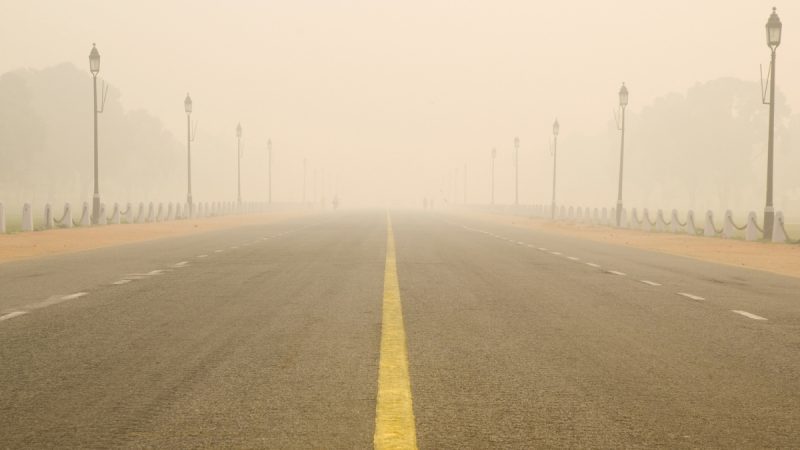With the Air Quality Index (AQI) surpassing 500, Delhi’s air quality crisis has escalated to an alarming level. It has raised serious health concerns throughout the city and its suburbs and labelling the air in the capital as “hazardous.” At 7 am on Sunday, data from IQAir showed the AQI reaching 507, as a thick, murky layer of smog engulfed the city, making it nearly impossible to ignore the dire state of pollution.
Delhi Ranks Second In Most Polluted Cities, AQI Soars Past 500
This post-Diwali spike has left Delhi as the second-most polluted city in the IQAir rankings. PM2.5 levels—a major contributor to pollution—reached alarming levels, clocking in at over 65 times the World Health Organisations (WHO) safe limit of 15 µg/m³. These microscopic particles are a health threat linked to respiratory and cardiovascular issues, particularly affecting children, the elderly, and those with pre-existing health conditions.
In just 12 hours, AQI in Delhi soared from an already concerning 327 to the current critical level, as per the WION reports. It prompted authorities and health experts to issue advisories for residents to avoid outdoor activities and, if possible, remain indoors. Anand Vihar, Alipur, Mundka, and other Delhi neighbourhoods under the Central Pollution Control Board’s (CPCB) surveillance regularly recorded “very poor” to “severe” levels, with the scale leaning significantly towards hazardous in the majority of cases.
Also Read: IRCTC Introduces 5D/4N Rann Utsav Tour Package Starting At ₹17,575; Details Inside
Health Advisory And Future Measures
Diwali saw an AQI average across most Delhi neighbourhoods of over 350, plunging the city into the “very poor” category. According to the WION reports, the government enforced a Graded Response Action Plan (GRAP-II) on October 21. However, the pollution spike has continued unchecked. The post-Diwali surge also indicates these efforts have barely dented the rising pollutant levels.
Experts attribute the relentless rise in pollution to several factors, including the massive increase in emissions from fireworks, seasonal agricultural burning in neighbouring states, and unfavourable weather conditions.
The CPCB has issued a high alert, recommending that residents limit their time outdoors, especially during the morning and evening hours when smog levels are at their worst. Vulnerable groups, including young children, the elderly, and those with respiratory conditions, must stay indoors. Wearing N95 masks when outside will also help.
While the immediate outlook remains grim, authorities will potentially invoke emergency measures if the situation does not improve.
Cover Image Courtesy: Canva

